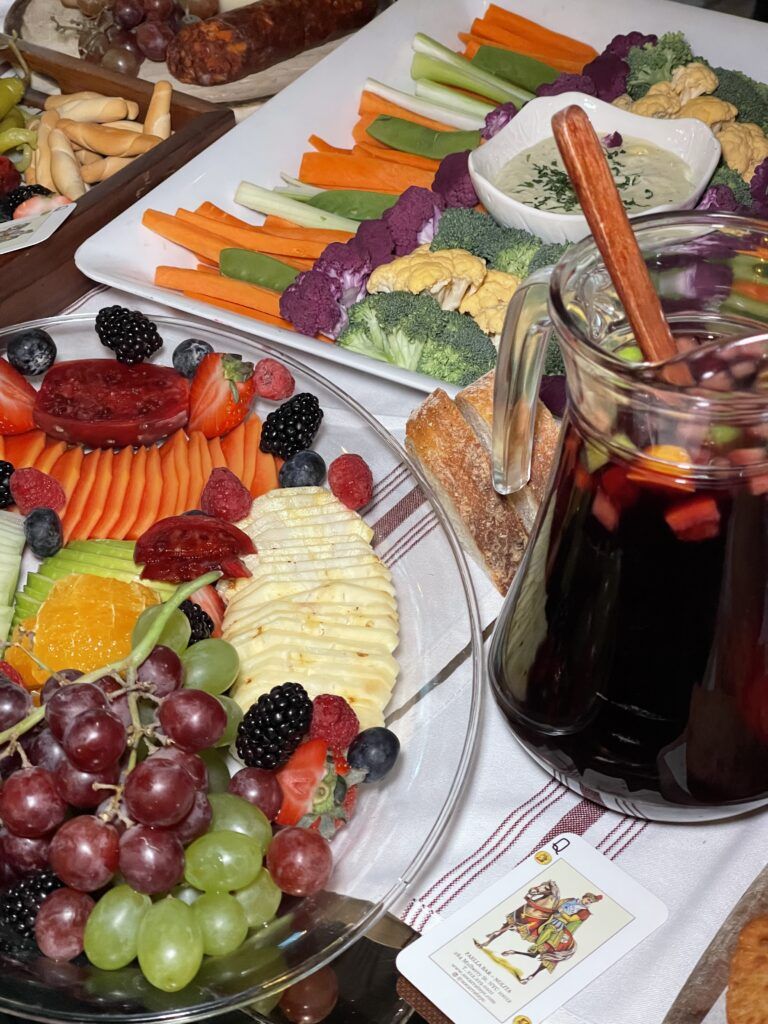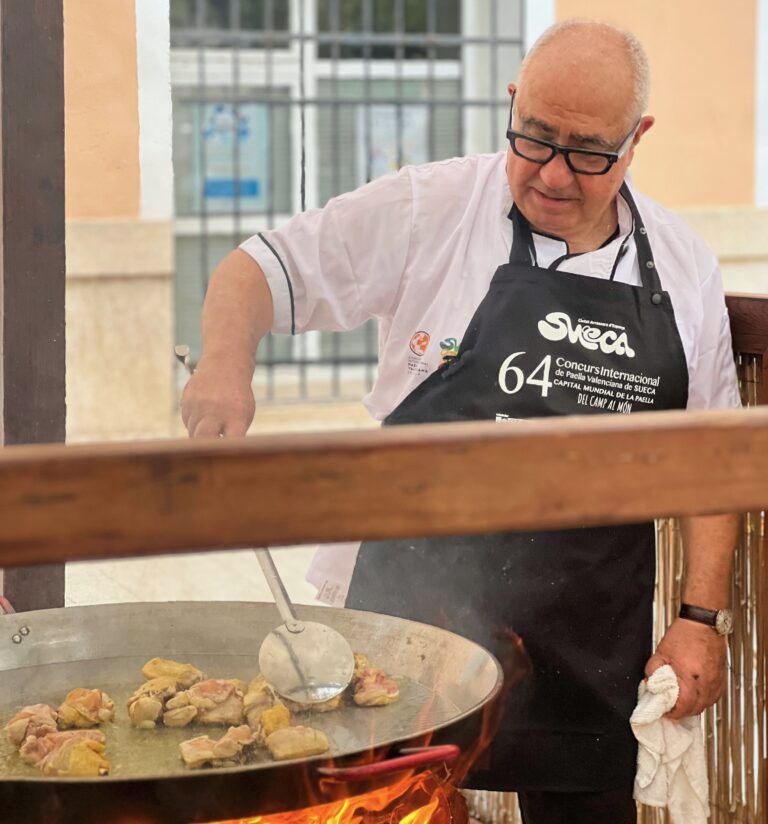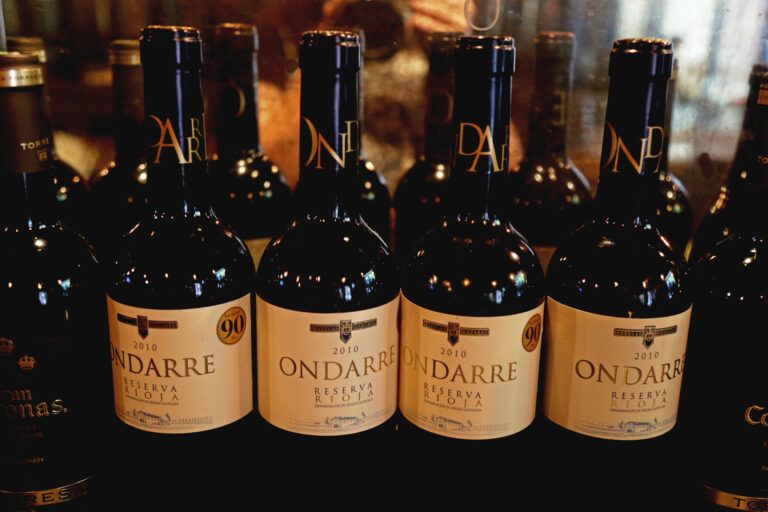Each year, thousands of tourists and locals gather in Valencia, Spain to participate in a tomato-throwing festival known as La Tomatina. The one-hour food fight is part of a larger celebration of Spain’s rich history and traditions and is largely considered a rite of passage for anyone traveling through Spain.
Year after year, the festival generates striking photos that captivate viewers around the world. Find out what started it all and how to celebrate La Tomatina with Socarrat below.
What is La Tomatina Festival?
La Tomatina takes place each year at the end of August in Buñol, Valencia. The festival is part of a week-long celebration in honor of the town’s patron saints, Luis Bertran and the Mare de Deu dels Desemparats (Mother of God of the Defenseless), the Virgin Mary.
At roughly 11 am, tourists gather in the city center, where they are met with truckloads of tomatoes ripe for throwing. Participants then have one hour to throw as many tomatoes as possible in as many directions as possible.
The food frenzy may feel chaotic, but it’s not totally lawless. Participants are directed to crush tomatoes before launching them towards other festival attendees to help avoid injuries. Additionally, participants are encouraged to bring protective gear like goggles and earplugs.
Once the madness is over, the city’s fire department comes in to clean up the mess. Coincidentally, the citric acid found in tomatoes makes for a great cleaning agent, so the city actually ends up cleaner than it was before the festival. Afterward, participants usually head down to a nearby river to clean off, and the celebrations continue into the night with food and music.
What is the History Behind La Tomatina festival?
Several legends about La Tomatina’s origins exist, the primary one being that a street brawl broke out near a spilled-over vegetable stand in 1945. Those involved in the dispute began throwing tomatoes at one another, and the first tomato toss marked the start of what is now known as the world’s biggest food fight.
Every year since then, locals have returned to the scene to recreate the legendary food fight. The tradition was officially recognized in 1952, and in 1980, City Council took over the organization. La Tomatina is now a ticketed event that attracts more than 30,000 attendees each year.
Why is La Tomatina such a food fight?
Throwing 300,000 pounds of tomatoes in a city-wide food fight might strike some as wasteful, but the festival has purposes other than pure entertainment. La Tomatina only uses tomatoes that are deemed unfit for consumption and would otherwise be thrown away, so the festival actually reduces waste.
The festival purchases low-quality, overripe tomatoes for a low price from the Extremadura region of Spain. And thanks to a heavy tourist presence, the festival helps generate significant revenue for the town of Buñol.
The entire week of festivities leading up to La Tomatina revolves heavily around food, and tomato throwing isn’t the only bizarre tradition. Before the food fight begins, La Tomatina attendees compete to see who can capture a ham from atop a greased pole. When the ham is captured, the food fight officially begins. If no one manages to reach the ham, the fight starts at 11 am sharp.
One of the most notable events leading up to La Tomatina is a massive paella cooking contest. The rice dish is a staple of Spanish cuisine, and it just so happens to have originated in Valencia, where the festival is held.
Although it started in animosity, la Tomatina now brings together thousands of people from all across the globe for a once-in-a-lifetime chance to cut loose and delve into Spain’s rich, if strange, history.
How Can I Celebrate La Tomatina From Home?
La Tomatina is canceled for 2021 due to the coronavirus pandemic, but that doesn’t mean the celebration can’t go on from home. While you can’t throw tomatoes, you can certainly enjoy them as part of a traditional Spanish feast.
Socarrat offers a wide variety of Spanish staples, including a traditional suckling pig feast, various types of tapas, and of course, paella. The best part is that you can have them delivered directly to your address, so you can celebrate from the comfort of your own home. Find out more about Socarrat at home delivery here.



